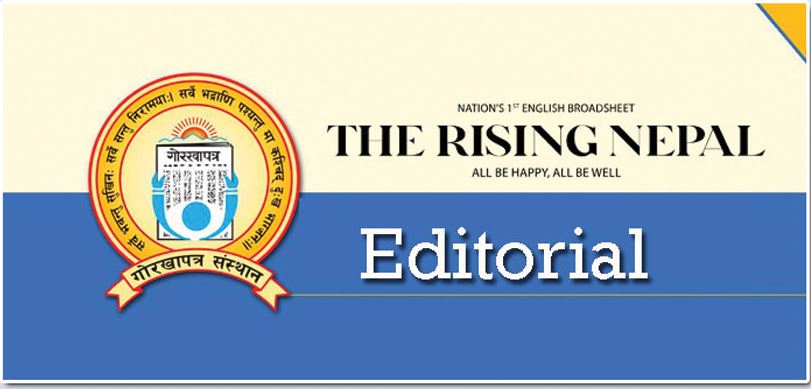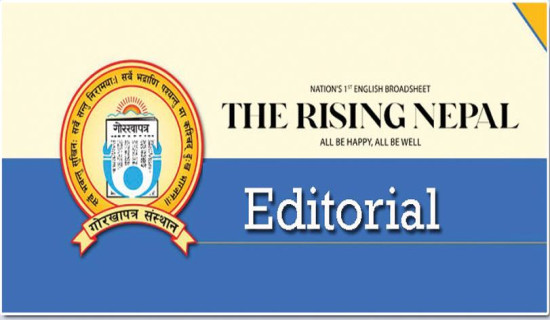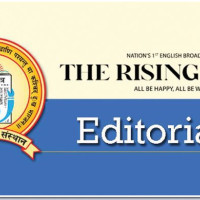- Saturday, 10 May 2025
Milestone In Power Export
It is a matter of pride for Nepal to export electricity from a journey of grappling with power shortages. The country is making a significant milestone in the development of hydropower. The recent approval by India to import an additional 251 megawatts of electricity from Nepal —total imports close to 1,000 megawatts — shows the increasing potential of power capacity. It also deepens the ties between the two neighbours. With the transition to a net electricity exporter in the last fiscal year, it reflects a promising future for the country's hydropower sector. In the fiscal year ending mid-July, Nepal exported 1.94 billion units of electricity amounting to over 700 megawatts, earning Rs. 17.07 billion. It imported 1.91 billion units worth Rs. 16.93 billion during the dry season.
Also, the medium-term power sale agreements with Indian states like Haryana and Bihar, which now include 360 megawatts of electricity, provide stable revenue. The absence of additional costs such as transmission fees, leakage and trading margins underlines the profitability of these deals. The agreed-upon selling price of Rs. 8.72 unit is also competitive, which shows the advantageous position of Nepal in the regional energy market. This shift is noteworthy as the nation was reeling from up to 18 hours of daily load-shedding just a few years ago, hurting economic prospects. The transformation began with the commissioning of the 456 megawatt Upper Tamakoshi Hydropower Project in July 2021, which turned into a power-surplus country. The installed electricity capacity has surged to 3,156.96 megawatts, predominantly from hydroelectric power, since then. As these achievements of power trade are commendable but the road ahead is not without challenges.
Nepal's ambitious plan to generate 28,000 megawatts of electricity by 2035 and reach an installed capacity of 10,000 megawatts by 2028–29 requires substantial investment and strong political will. The country's energy export to India, and potentially to Bangladesh, boosts the growing energy interdependence in South Asia. For India, Nepali hydropower is not just a source of clean energy but also a strategic advantage. The inclusion of Nepali hydropower in India's Hydropower Purchase Obligation (HPO) incentivises Indian states to buy more electricity from our country. It would further foster economic ties between the two nations. However, the government should navigate the complexities carefully to ensure that its energy export ambitions are not derailed by external factors. The government must address several challenges to sustain and expand its role as a regional electricity exporter.
The reliance on seasonal exports during the rainy season poses a critical vulnerability. In order to mitigate this, the government needs to focus on developing its capacity for energy storage and diversifying its export markets. To handle higher loads, transmission infrastructures should be expanded. To ensure year-round exports, the government should invest in technologies, including pumped storage. The country must attract investment in hydropower for the long-term goal of exporting 10,000 megawatts to India within the next decade. It requires a stable policy environment, efficient project execution, and effective bilateral agreements that ensure mutual benefits. The nation can contribute to regional integration by capitalising on its natural resources. To maintain this progress, the nation must continue to innovate, diversify and strategically harness its resources.









-original-thumb.jpg)







